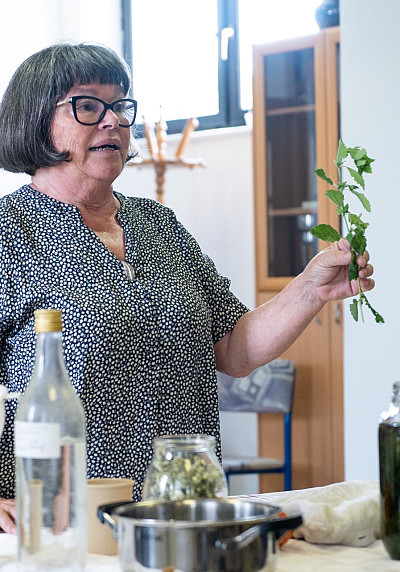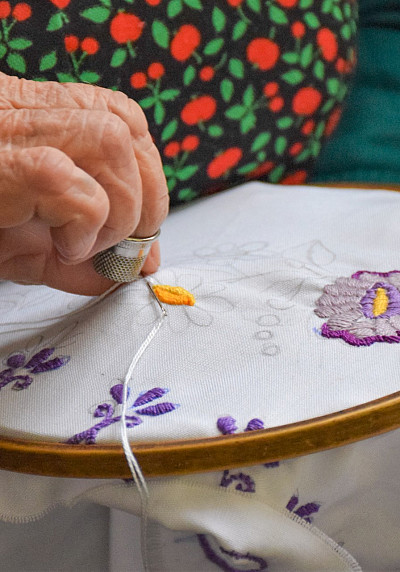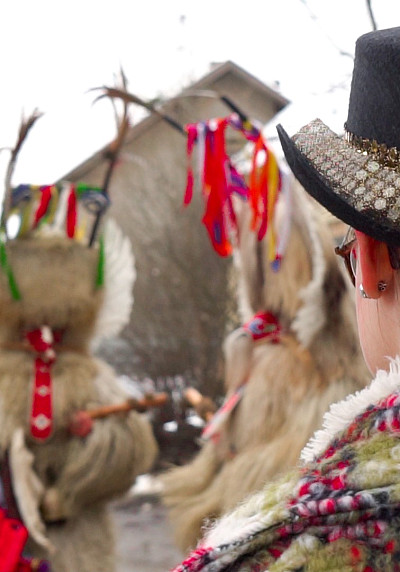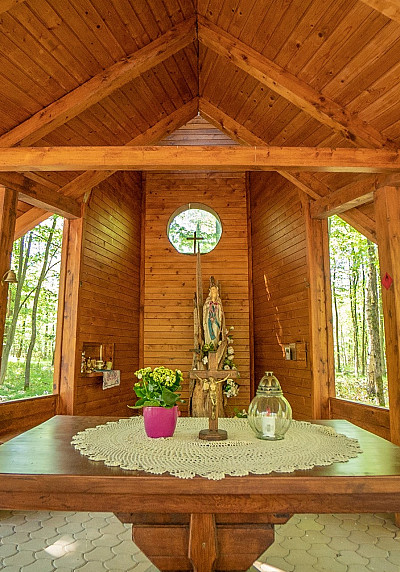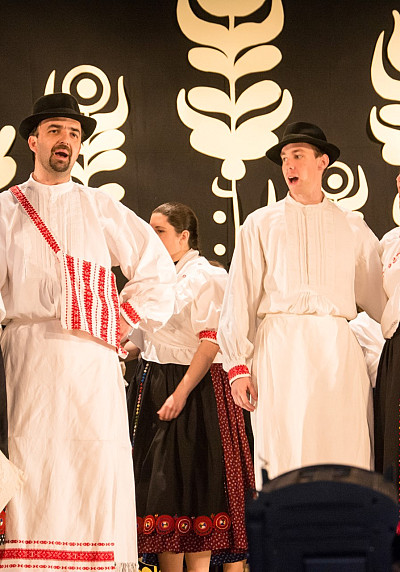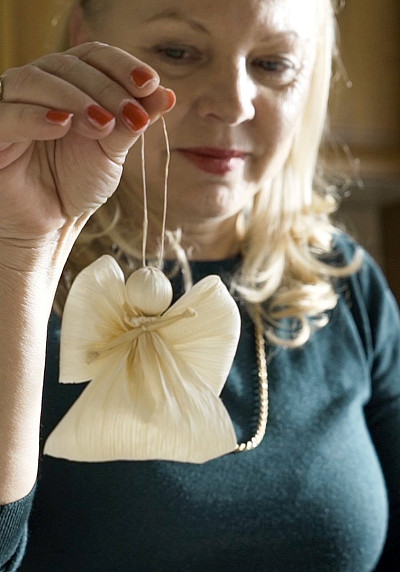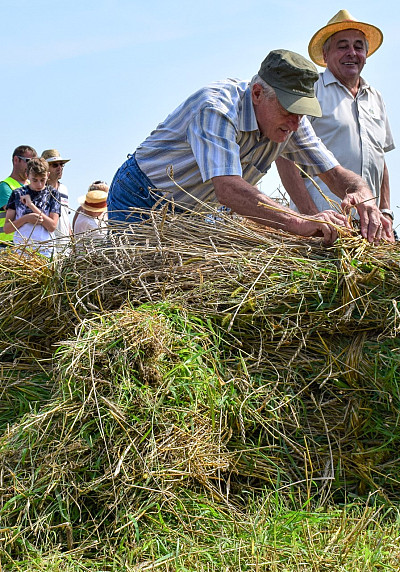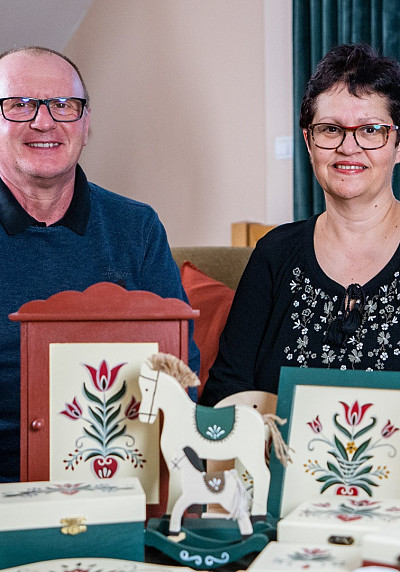The History of the Maypole
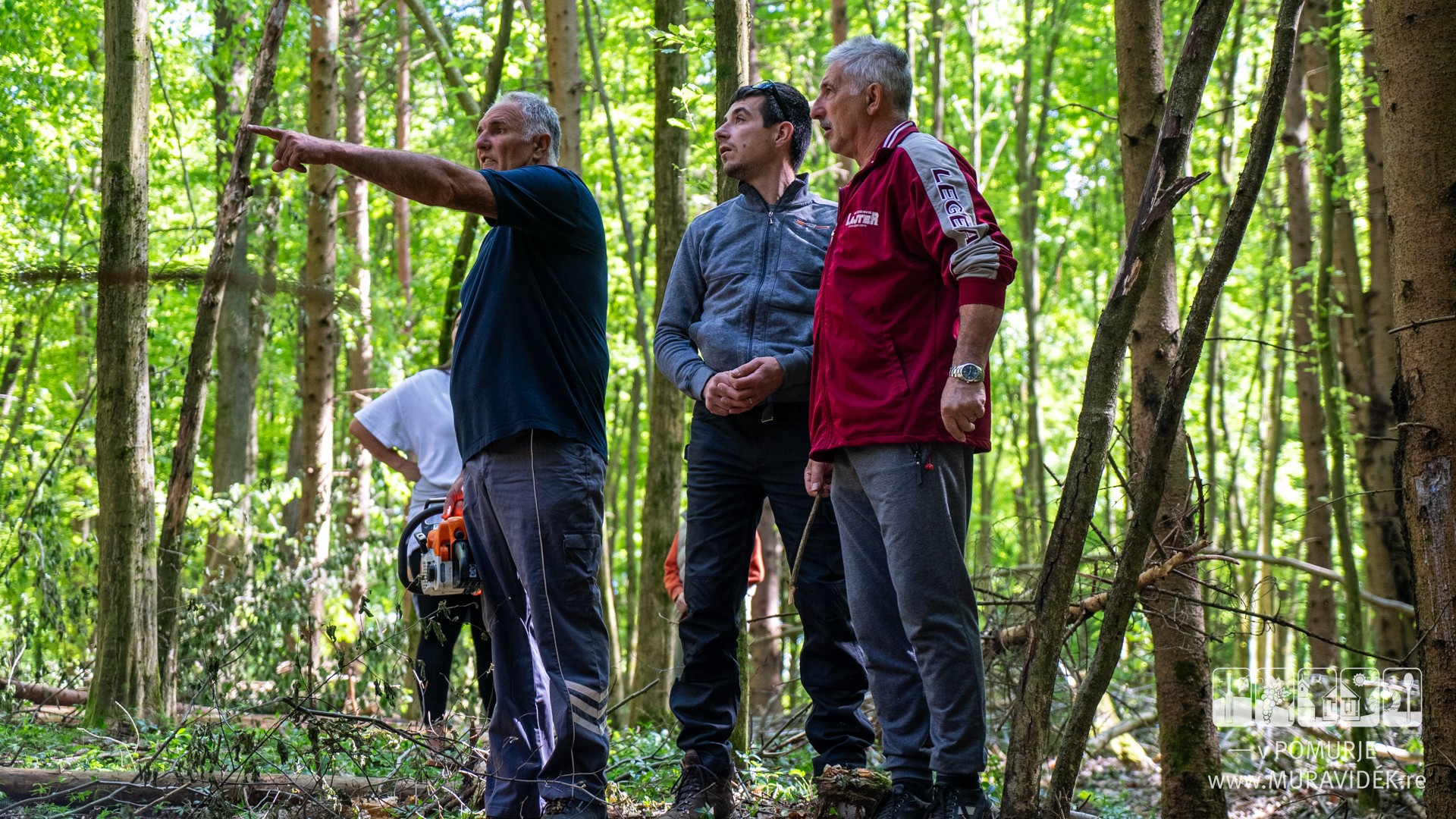
The Maypole is a symbol of the rebirth of nature, a symbolic accessory of the spring habits of young people.
According to legend, the origin of the maypole can be traced back to the first century, to the apostles Philip and James, who had a virgin named Walburga as their helper on their conversion journey. The girl was slandered by the pagans. However, to shame the scoffers, Walburga took out her walking stick, stuck it in the ground, knelt and prayed in front of it. The dry tree turned green before the eyes of the pagans. This is where the tradition of putting up a maypole among young people originates.
In the Hungarian-speaking area, it was usually erected on the first of May. The young men would cut down a birch or pine tree at night, carry it out of the forest on their shoulders, and then would set it up at daybreak usually in secret, according to local custom. Once upon a time, this was how a young man let a girl know that he would court her. The felled tree had its branches removed, was stripped of its bark and decorated with ribbons. A bottle of wine was also tied to it.
The colours of the May tree revealed the nature of the relationship: depending on which coloured ribbons dominated, you could tell the stage of the relationship. If the suitor were new, the colour green dominated, if the acquaintance had been a long one, then purple stood out. A multitude of pink ribbons announced an engagement, and white ribbons indicated that the date had already been set.
The felling of the maypole was accompanied by a dance. The ceremonial moment of cutting down the maypole was celebrated by dancing around the tree, as well as climbing the maypole. It was especially difficult to climb the tall tree with the bark stripped off. The drink tied to the top went to the one who succeeded. The boys often played pranks on each other by putting water mixed with ground paprika in the bottle.

